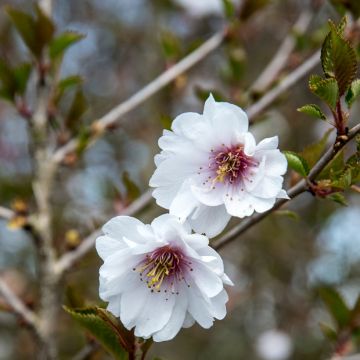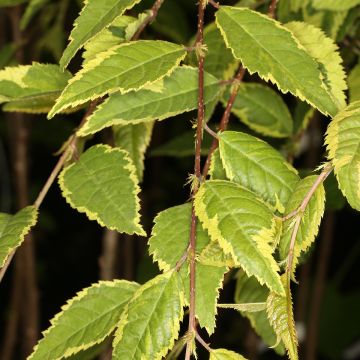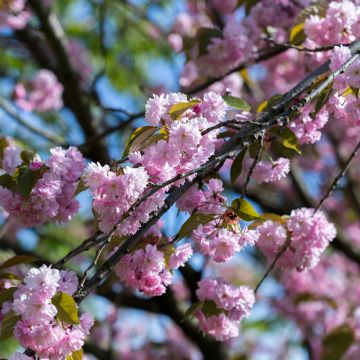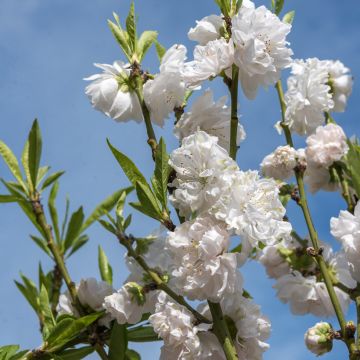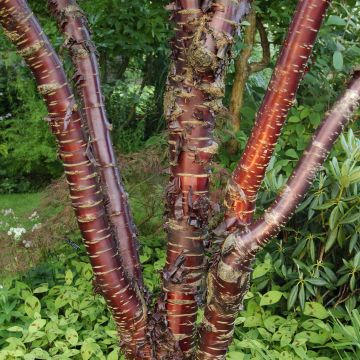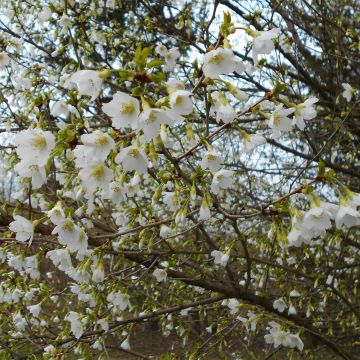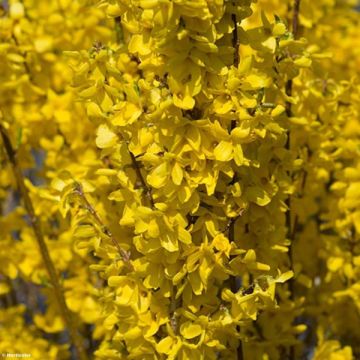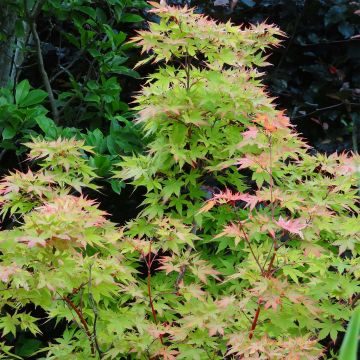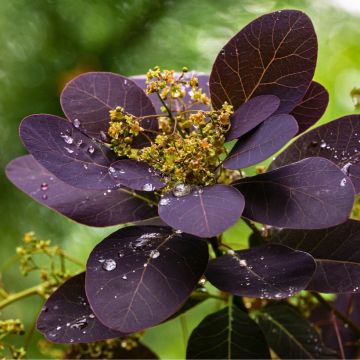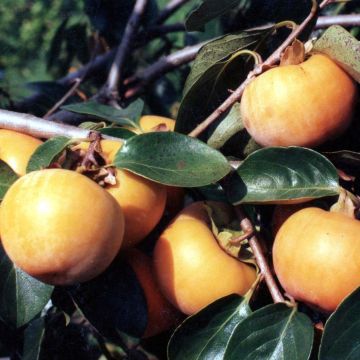

Prunus padus
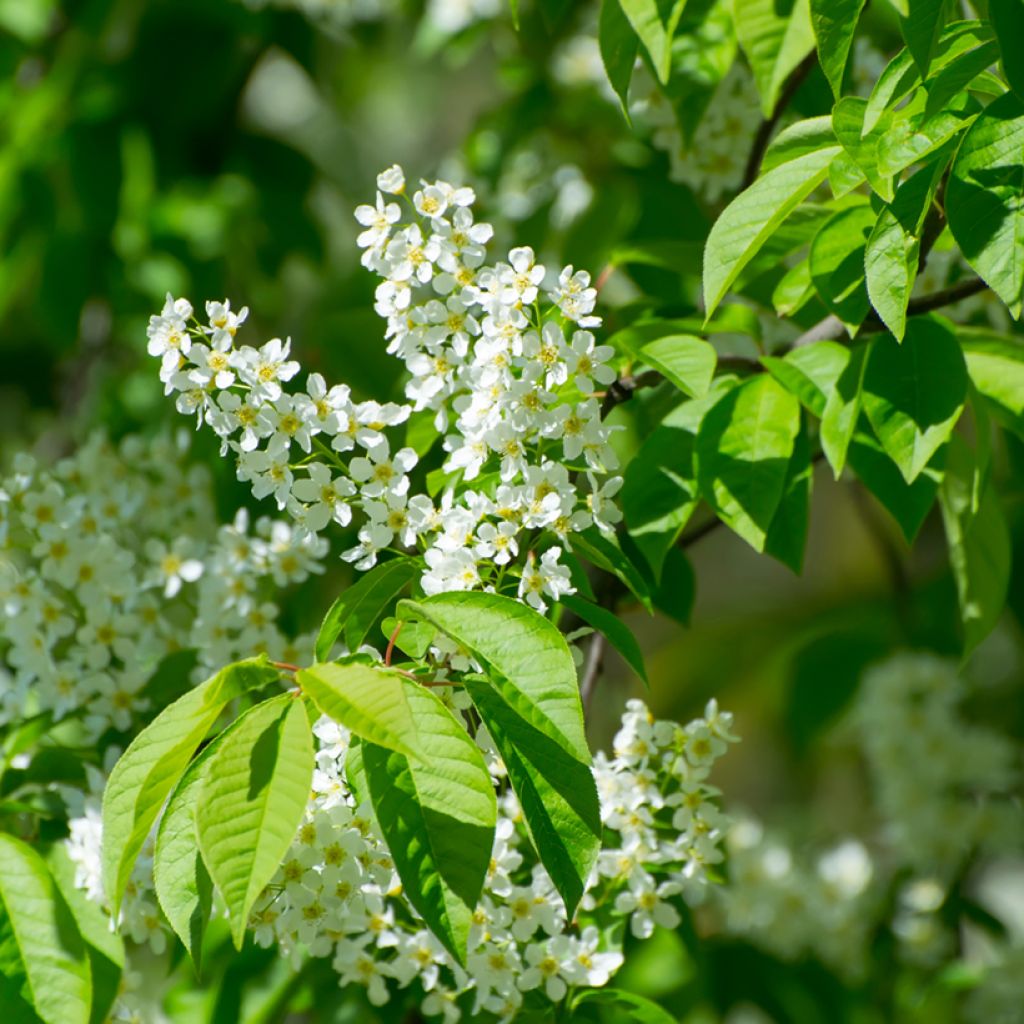

Prunus padus


Prunus padus
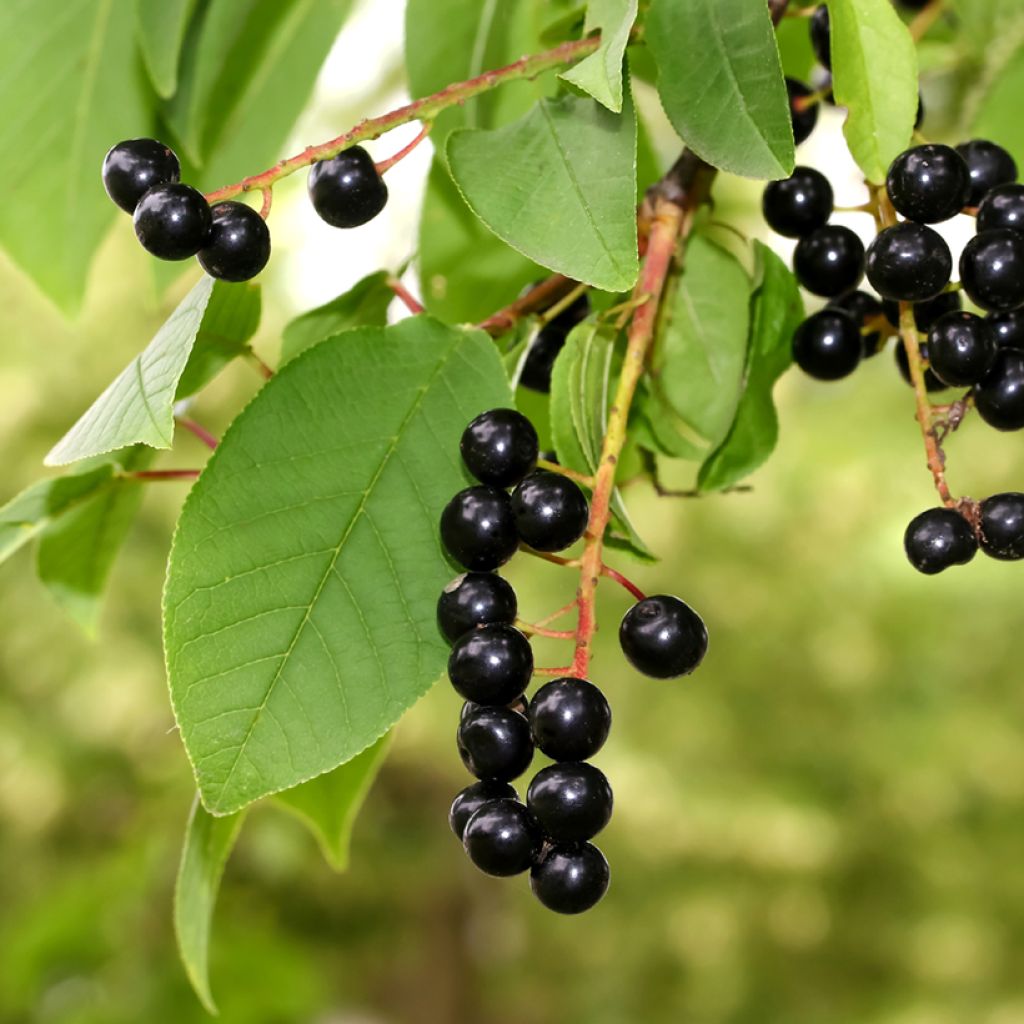

Prunus padus
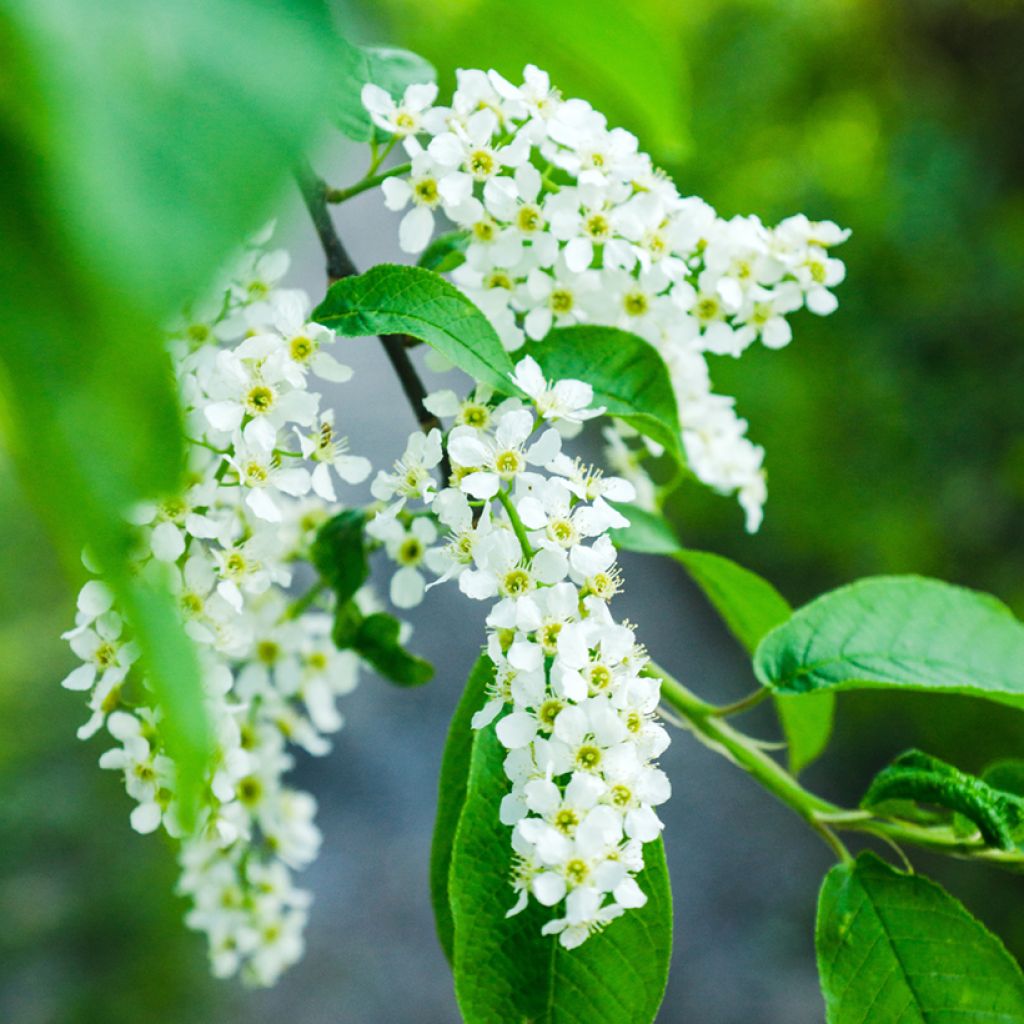

Prunus padus
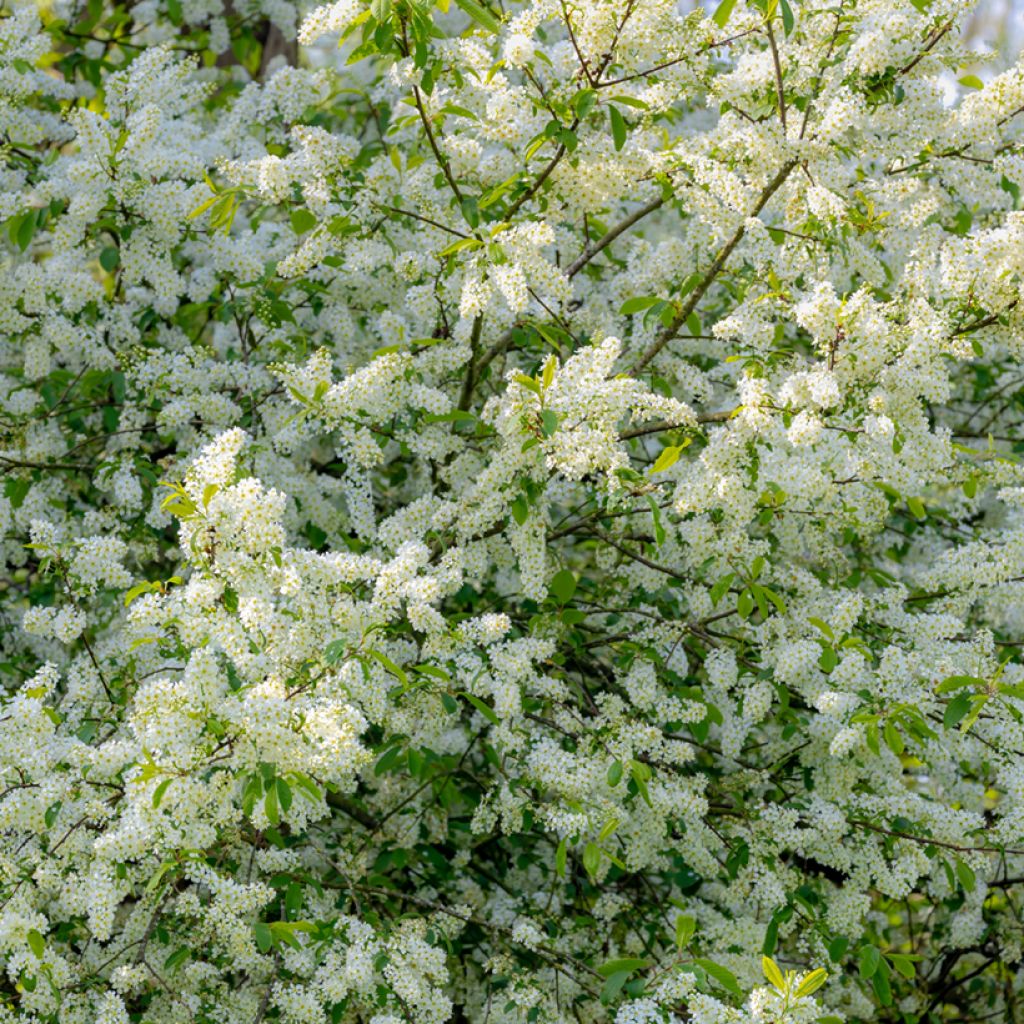

Prunus padus
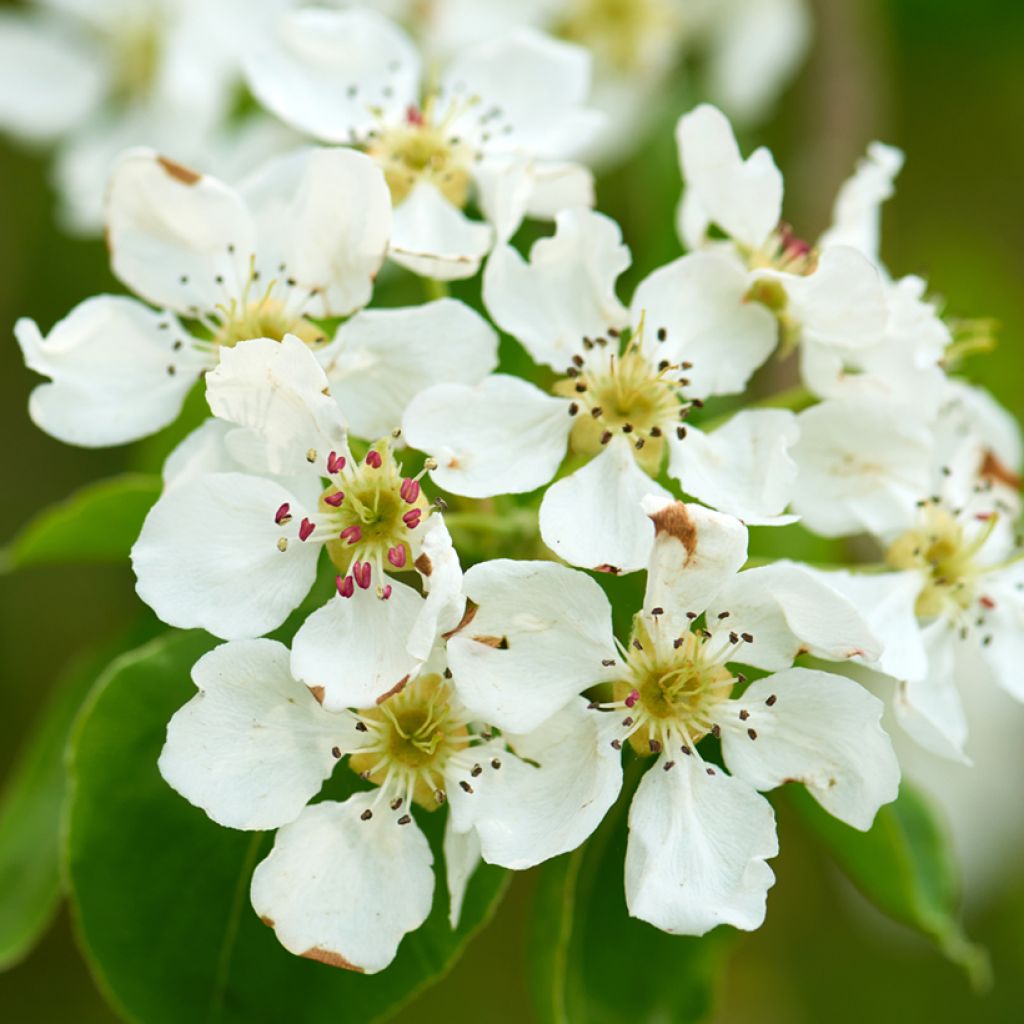

Prunus padus
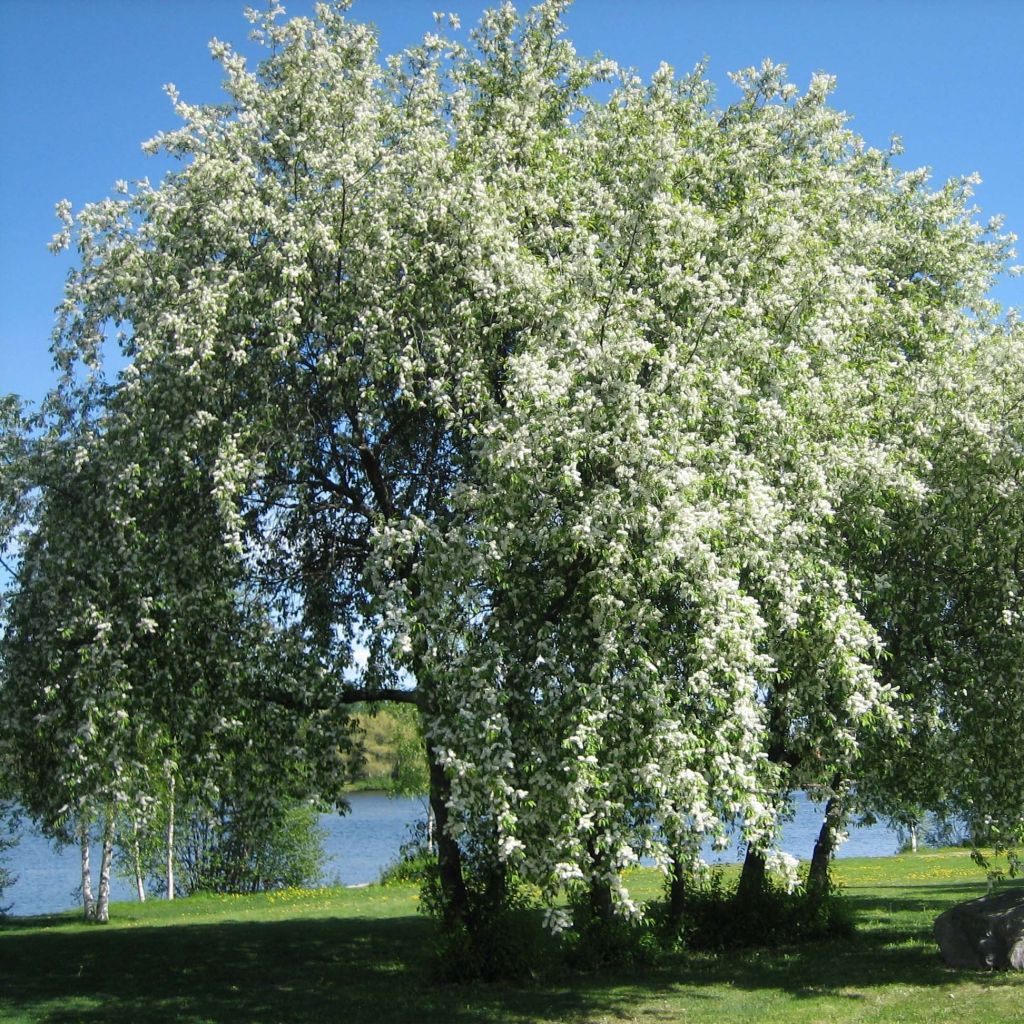

Prunus padus


Prunus padus
Prunus padus
Prunus padus
Bird Cherry, Hackberry, Hagberry, Black Dogwood, Eggberry, Hedgeberry, Hog Cherry, Eckberry, Mayday Tree
Very satisfied with my purchase. Delivery was on the date as announced. The product was very well packaged and in perfect condition.
Jacqueline , 20/12/2024
Special offer!
Receive a €20 voucher for any order over €90 (excluding delivery costs, credit notes, and plastic-free options)!
1- Add your favorite plants to your cart.
2- Once you have reached €90, confirm your order (you can even choose the delivery date!).
3- As soon as your order is shipped, you will receive an email containing your voucher code, valid for 3 months (90 days).
Your voucher is unique and can only be used once, for any order with a minimum value of €20, excluding delivery costs.
Can be combined with other current offers, non-divisible and non-refundable.
Home or relay delivery (depending on size and destination)
Schedule delivery date,
and select date in basket
This plant carries a 24 months recovery warranty
More information
We guarantee the quality of our plants for a full growing cycle, and will replace at our expense any plant that fails to recover under normal climatic and planting conditions.

Would this plant suit my garden?
Set up your Plantfit profile →
Description
Prunus padus, also known as the Bird Cherry or Hackberry, is a fast-growing tree or large shrub, prized for its numerous long clusters of white, almond-scented flowers, highly fragrant, in May-June. They are followed by small red fruits, black when ripe, attracting birds that love their sour and astringent flavour. The foliage is also decorative, turning red or orange-yellow before falling in autumn. Its informal yet compact shape sometimes features multiple trunks and a rounded, narrow and dense crown with trailing branches, making it perfect for a countryside hedge or as a standalone specimen in a small shaded garden. With a tendency to sucker, it often naturally forms a large shrub, a few meters tall. It is a perfectly hardy and robust species that likes clay-based soils, even compact ones, slightly acidic to calcareous, moist to wet.
Prunus padus belongs to the large Rosaceae family, and is known as Bird Cherry, Hackberry, or Black Dogwood, depending on the region. It is native to Europe, Northern Asia, and can be found in Japan. Its natural habitat features humid environments, where it grows naturally on clay soils containing limestone, which are seasonally waterlogged. It can be found in alluvial forests and on the edge of wet woods. It can even withstand temporary flooding. Hardy to -35 °C (1°F), it only fears dry soils and dislikes scorching exposures. This shrub, which suckers when not grafted, naturally forms thickets, but it does not appreciate competition from other shrubs.
At maturity, the bird cherry reaches an average height of 15 m (49ft) and a width of 10 m if grown as a tree. If allowed to sucker, it forms a shrub 4 to 5 m (13 to 16ft) tall. The bark of the trunk and older branches is dark brown-black with light lenticels, while the twigs are redder. The branches emit a scent of bitter almonds when broken. The leaves, dark green on top and bluish green underneath, are covered with numerous, downy tufts on the underside. They are ovate to obovate, finely dentate along the edges, and measure 6 to 12 cm (2 to 5in) in length. The deciduous foliage turns beautiful shades of red to orange-yellow in autumn before falling. Flowering occurs in May-June depending on the region, on branches that are already in leaf. The flowers are arranged in pendulous clusters measuring about 15 cm (6in) long. Bearing 5 petals and measuring 1 to 1.5 cm (1in) in diameter, the white flowers have a delightful almond-like scent. Pollinated by insects, the nectar-rich flowers give way to pea-sized, black "cherries", maturing in July-August. Bitter to sour and astringent in taste, these lightly fleshy berries with large stones are sometimes used to make liqueurs, jellies, or jams. The harvest is uneven and varies over a 3-year cycle.
The Bird Cherry is a very hardy and easy-to-grow tree. It will thrive in most areas, as long the soil is deep and not too dry. It should be planted in an open position, for example as a standalone specimen, or in a large sparsely planted grove. It can be grown alongside numerous shrubs and small trees that bloom in spring, for a simultaneous or staggered effect, such as ornamental apple trees, flowering peaches, Prunus mahaleb, quince trees, medlar, blackthorn, dogwoods, viburnums, flowering almond, hawthorns, and many more.
Report an error about the product description
Prunus padus in pictures




Plant habit
Flowering
Foliage
Botanical data
Prunus
padus
Rosaceae
Bird Cherry, Hackberry, Hagberry, Black Dogwood, Eggberry, Hedgeberry, Hog Cherry, Eckberry, Mayday Tree
Cultivar or hybrid
Other Prunus
View all →Planting and care
Prunus padus can be planted in spring or autumn, depending on the climate. It thrives in full sun or part shade, in any soil, with a preference for clayey-limestone soils that are not too dry. It dislikes excessively hot and arid exposures, the competition from the roots of other shrubs, and the shade of tall trees. This tree tolerates heavy and compact soils, even if they get occasionally waterlogged. Once well established in deep soil, it is however very capable of resisting summer droughts. Water regularly during the first two years to help it establish. Dig a large planting hole. The young leaves can be scorched by late frosts: avoid locations exposed to cold and dry winds. This native shrub has few natural enemies.
Planting period
Intended location
Care
-
, onOrder confirmed
Reply from on Promesse de fleurs
Similar products
Haven't found what you were looking for?
Hardiness is the lowest winter temperature a plant can endure without suffering serious damage or even dying. However, hardiness is affected by location (a sheltered area, such as a patio), protection (winter cover) and soil type (hardiness is improved by well-drained soil).

Photo Sharing Terms & Conditions
In order to encourage gardeners to interact and share their experiences, Promesse de fleurs offers various media enabling content to be uploaded onto its Site - in particular via the ‘Photo sharing’ module.
The User agrees to refrain from:
- Posting any content that is illegal, prejudicial, insulting, racist, inciteful to hatred, revisionist, contrary to public decency, that infringes on privacy or on the privacy rights of third parties, in particular the publicity rights of persons and goods, intellectual property rights, or the right to privacy.
- Submitting content on behalf of a third party;
- Impersonate the identity of a third party and/or publish any personal information about a third party;
In general, the User undertakes to refrain from any unethical behaviour.
All Content (in particular text, comments, files, images, photos, videos, creative works, etc.), which may be subject to property or intellectual property rights, image or other private rights, shall remain the property of the User, subject to the limited rights granted by the terms of the licence granted by Promesse de fleurs as stated below. Users are at liberty to publish or not to publish such Content on the Site, notably via the ‘Photo Sharing’ facility, and accept that this Content shall be made public and freely accessible, notably on the Internet.
Users further acknowledge, undertake to have ,and guarantee that they hold all necessary rights and permissions to publish such material on the Site, in particular with regard to the legislation in force pertaining to any privacy, property, intellectual property, image, or contractual rights, or rights of any other nature. By publishing such Content on the Site, Users acknowledge accepting full liability as publishers of the Content within the meaning of the law, and grant Promesse de fleurs, free of charge, an inclusive, worldwide licence for the said Content for the entire duration of its publication, including all reproduction, representation, up/downloading, displaying, performing, transmission, and storage rights.
Users also grant permission for their name to be linked to the Content and accept that this link may not always be made available.
By engaging in posting material, Users consent to their Content becoming automatically accessible on the Internet, in particular on other sites and/or blogs and/or web pages of the Promesse de fleurs site, including in particular social pages and the Promesse de fleurs catalogue.
Users may secure the removal of entrusted content free of charge by issuing a simple request via our contact form.
The flowering period indicated on our website applies to countries and regions located in USDA zone 8 (France, the United Kingdom, Ireland, the Netherlands, etc.)
It will vary according to where you live:
- In zones 9 to 10 (Italy, Spain, Greece, etc.), flowering will occur about 2 to 4 weeks earlier.
- In zones 6 to 7 (Germany, Poland, Slovenia, and lower mountainous regions), flowering will be delayed by 2 to 3 weeks.
- In zone 5 (Central Europe, Scandinavia), blooming will be delayed by 3 to 5 weeks.
In temperate climates, pruning of spring-flowering shrubs (forsythia, spireas, etc.) should be done just after flowering.
Pruning of summer-flowering shrubs (Indian Lilac, Perovskia, etc.) can be done in winter or spring.
In cold regions as well as with frost-sensitive plants, avoid pruning too early when severe frosts may still occur.
The planting period indicated on our website applies to countries and regions located in USDA zone 8 (France, United Kingdom, Ireland, Netherlands).
It will vary according to where you live:
- In Mediterranean zones (Marseille, Madrid, Milan, etc.), autumn and winter are the best planting periods.
- In continental zones (Strasbourg, Munich, Vienna, etc.), delay planting by 2 to 3 weeks in spring and bring it forward by 2 to 4 weeks in autumn.
- In mountainous regions (the Alps, Pyrenees, Carpathians, etc.), it is best to plant in late spring (May-June) or late summer (August-September).
The harvesting period indicated on our website applies to countries and regions in USDA zone 8 (France, England, Ireland, the Netherlands).
In colder areas (Scandinavia, Poland, Austria...) fruit and vegetable harvests are likely to be delayed by 3-4 weeks.
In warmer areas (Italy, Spain, Greece, etc.), harvesting will probably take place earlier, depending on weather conditions.
The sowing periods indicated on our website apply to countries and regions within USDA Zone 8 (France, UK, Ireland, Netherlands).
In colder areas (Scandinavia, Poland, Austria...), delay any outdoor sowing by 3-4 weeks, or sow under glass.
In warmer climes (Italy, Spain, Greece, etc.), bring outdoor sowing forward by a few weeks.































